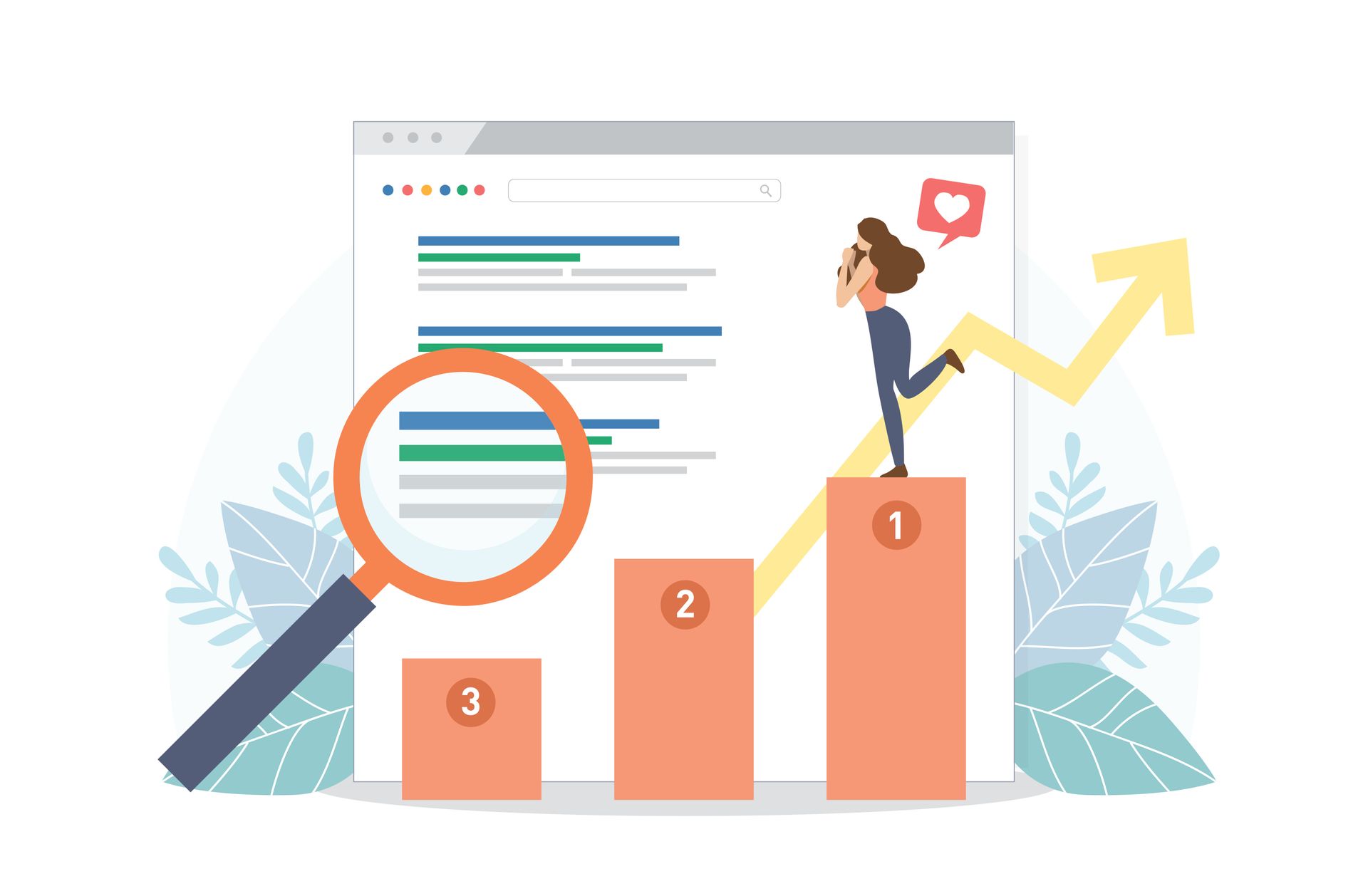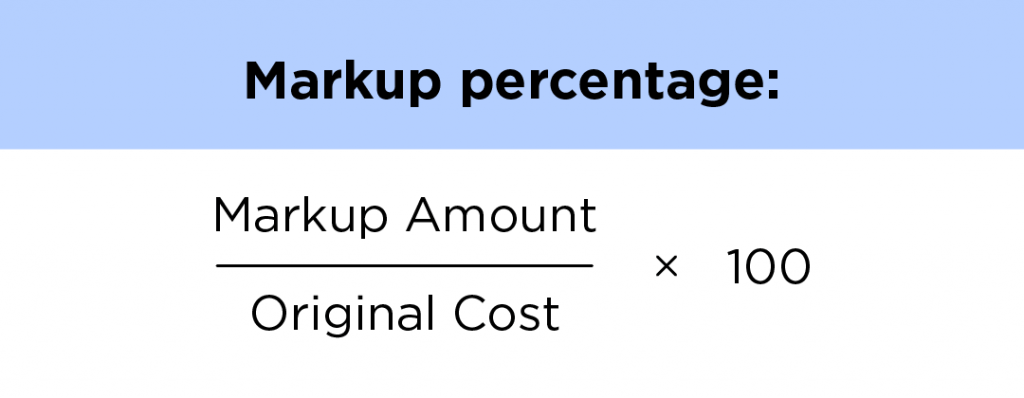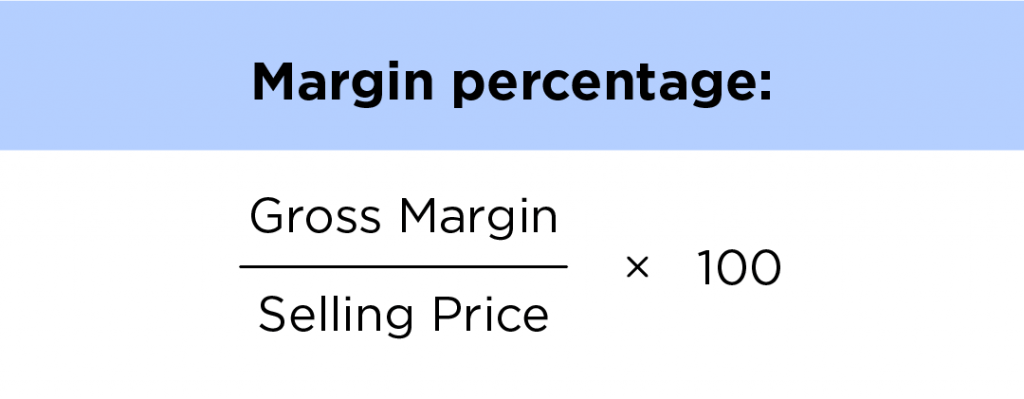Three Pricing Models You Can Implement in Your Online Store

Product pricing is often a tough egg to crack for ecommerce business owners, as it can often make or break your whole business model. If implemented right, you can see your revenue climb quickly; but poorly priced products can scare off even the most avid buyers.
There are several pricing strategies out there, and choosing the best one is not always straightforward. In this article, we’ll focus on three proven pricing model strategies that can help you take your online store to the next level, or at least make sure your pricing makes sense.
How to sell online
Tips from e-commerce experts for small business owners and aspiring entrepreneurs.
The Importance of Price Optimization
Price is not the only factor consumers consider when making a purchase. But most of us do use price to compare similar products.
According to Hubspot, 80% of consumers say that the most important factor influencing their purchasing decisions is competitive pricing. In addition, more than half of consumers name pricing as a major influence when they are making their purchase decisions.
Your strategic pricing decisions affect your bottom line in various ways. Your pricing strategy can be implemented to ensure maximum profitability. Likewise, if you don’t price your products or services competitively, you can end up losing customers and lowering your profit margin.
Three Common (and Effective) Pricing Models for Ecommerce
Take guesswork out of pricing your products: check out three methods for coming up with fair and competitive prices for your online store.
Cost-Based Pricing
Cost-based pricing is one of the most popular pricing strategies adopted by businesses across the world. This pricing model is used to determine the price of products and services, based on their initial cost.
Cost-based pricing is essentially a process of marking a product, by either a percentage or a monetary amount above the original price of the manufacturer or provider.
Cost-based pricing can be classified into three distinct categories:
- Markup pricing
- Margin pricing
- Planned-profit pricing
Markup pricing
Markup refers to the difference between the selling price of a good or service and its cost. It is expressed as a percentage above the cost. Markup pricing calculates the markup percentage between the price a company sets for an item and its cost.
The following formula is used to determine the markup amount:
(Selling Price) — (Original Cost)
In other words, if the original cost is set at $10 per unit, and you sell your product for $15, your marked-up price is $5: ($15 Selling Price) — ($10 Original Cost).
Therefore, the markup on the product will be 50 percent: ($5 Markup Amount) / ($10 Original Cost) x 100.
Markup pricing is especially useful to deal with cost fluctuations. Since it is expressed as a percentage, you’re guaranteed to generate a proportional amount of revenue on each sale you make.
Margin pricing
A price margin is similar to the idea of markup. Both markup and margin pricing refer to the amount that is added to the cost of a product to calculate a selling price.
However, the price margin takes this a step further. It takes into account the cost of the particular product and all other costs that must be covered. Additionally, margin pricing considers the volume of business and your profit margin.
To find out your maximum margin, you must first know your gross margin:
(Selling Price) — (Cost of Goods Sold)
This number would then be divided by the price and multiplied by 100:
(Gross Margin) / (Selling Price) x 100
Using the example from above, your gross margin would be $5: ($15 Selling Price) — ($10 Cost of Goods Sold).
Your margin percentage would then be 33.33%: ($5 Gross Margin) / ($15 Selling Price) x 100.
Using margin pricing allows you to determine the actual profit percentage per unit sold.
Planned profit
Planned-profit pricing requires businesses to determine the total profit they expect to earn from the sale of a particular product, and then adjust the price of each individual unit accordingly.
The formula for planned-profit pricing is:
(Cost) + (Desired Profit Margin Per Unit)
For instance, if a clothing company intends to earn $10 per shirt sold, and each shirt costs the company $2 to purchase (or have made), the planned profit price would be $12 ($2 + $10).
When deciding whether or not to use cost-based pricing in your own business, it’s critical to weigh the benefits and drawbacks.
Pros:
- Allows you to easily determine the price.
- Ensures profit from each sale.
- Enables you to justify price increases, since you factor in all your costs.
Cons:
- Does not consider the competition.
- May lead to overpricing or underpricing.
- May not always consider actual consumer demands.
Dynamic Pricing
Dynamic pricing is also known as “market pricing” or “competitive pricing”. This framework uses industry data to competitively establish prices.
To get started with dynamic pricing, it is important to invest in dedicated software that allows you to:
- Easily collect and analyze data from the industry.
- Calculate the profitability of various price ranges for various items.
- Segment pricing data that allows you to analyze your target audience.
Regardless of the niche you work in, you want to know the average price (mean price) and the most common mid-range price of each specific product you need to price. The data you gather enables you to price your product slightly lower than what is offered by most competitors for the same product.
Of course, with dynamic pricing, you still want to think about your desired profit margin, as well as the total revenue you want to generate by selling the product in question. Completely outselling your competition with a heavy price cut may lead to increased sales volume, but if your profit margin is too low, your sales revenue will suffer.
It’s important to take your store’s reputation into consideration when going for a dynamic pricing strategy. The better your brand reputation is, the more flexible you can be with your end price.
In any case, once you have determined the price point for your products, you want to closely monitor your conversion rates and revenues, as well as market fluctuations.
Again, as for all pricing models, it is essential to consider both the pros and cons.
Pros:
- Allows you to find the “sweet spot” for pricing your products.
- You won’t be uselessly undercutting the competition.
- You won’t be losing sales by setting your prices higher than the market average.
Cons:
- Implementing dynamic pricing can be time-consuming and labor-intensive.
- This may also be costly, as you’ll almost certainly need to invest in a software solution.
- Dynamic pricing is not a “set and forget” model.
- Can sometimes lead to price wars, as competitors may hit back by under-pricing you again.
How to Win a Price War
What should you do when competitors drop their prices? Check out our advice on the matter!
Value-Based Pricing
Value-based pricing is the process of establishing prices for your products based on their perceived value by the customer. Once you have defined the value your customers get from your product, your goal is to find out how much money they are willing to pay for it.
From a value-based perspective, of course, you will want to define and engage your customer personas first. This includes digging deeper into your clients’ psychology and behavior patterns, such as:
- Their goals of using a particular product.
- The advantages and disadvantages of using the product.
- Why customers need and want to spend money on the product.
After analyzing your customer personas, the next step is to figure out how your products will meet their expectations. When implementing value-based pricing, you must also consider any value-added.
For example, if you provide excellent customer service, money-back guarantees, and other services that go above and beyond what your competition provides, you should certainly factor that into the end price of your product.
You have to be certain that your target consumers consider this additional service to be valuable. One way to do so is by incorporating these value-added elements into your marketing strategy. Whether it’s by printing it on your packaging or highlighting them on your social profiles, ensure they are clearly visible. If not, customers may not be willing to pay for it. As usual, this model also comes with its pros and cons.
Pros:
- Value-based pricing allows you to meet your customers’ expectations.
- The price you set is normally the price your customers are willing to pay.
- This allows you to justify your pricing of the value-added services.
- Customers are likely to be much more receptive to increases in your prices over time.
- Ultimately, this allows you to be lean in terms of product and service development.
Cons:
- Resource-intensive pricing framework that requires more research and needs to be ongoing.
- Trends fluctuate and you need to stay on top of this at all times.
- “Value” is subjective to each of your individual customers.
Over to You
Proper pricing of your products has a direct impact on the success of your ecommerce business. So, it’s critical that you assess each pricing framework carefully before making final decisions on pricing. Never try to forcefully implement a pricing strategy if it doesn’t actually make sense for your online store. And always consider your overall business model, trends in your industry, and your customer profile as you make your pricing decisions.
Keep in mind that whichever pricing mechanism you choose may not stay current forever and that it’s okay to change your mind later: though often a change in pricing strategy calls for a re-branding or other big shift in the way your business operates.

We're Helping Local Businesses Succeed. Let’s grow together.
Get in touch today!
Let us know about your marketing goals and one of our marketing specialists will be in contact with you!
Browse Our Packages
We've been lucky to work with over 2,100+ businesses. Check out some of our packages!
CONTACT US
We bring the team to the table to provide the best value for your business strategy. We're experts at collaborating the many different moving parts of digital marketing so that you can be the expert at running your business.
(812) 618-9498
10999 Stahl Rd, Newburgh, IN 47630
USEFUL LINKS
All Rights Reserved | VIV
Evolv, Inc, doing business as Evolv is a registered Independent Sales Organization of Wells Fargo Bank N.A., Concord, CA and Fifth Third Bank, N.A., Cincinnati, OH





